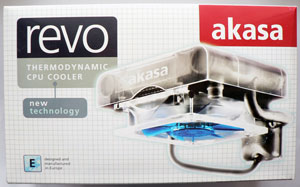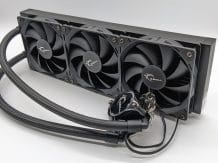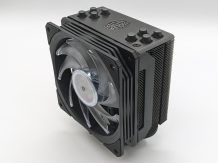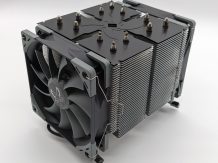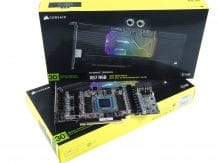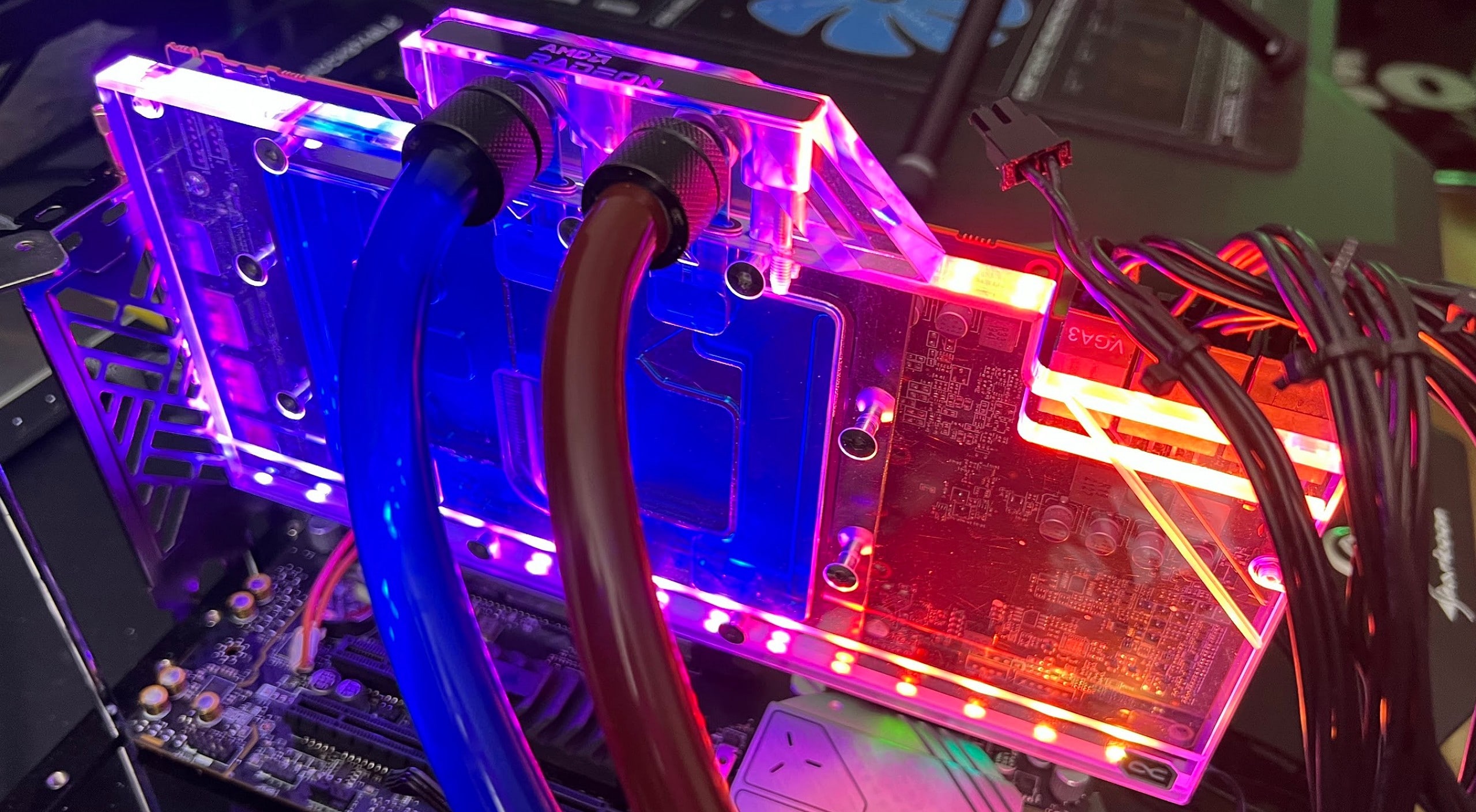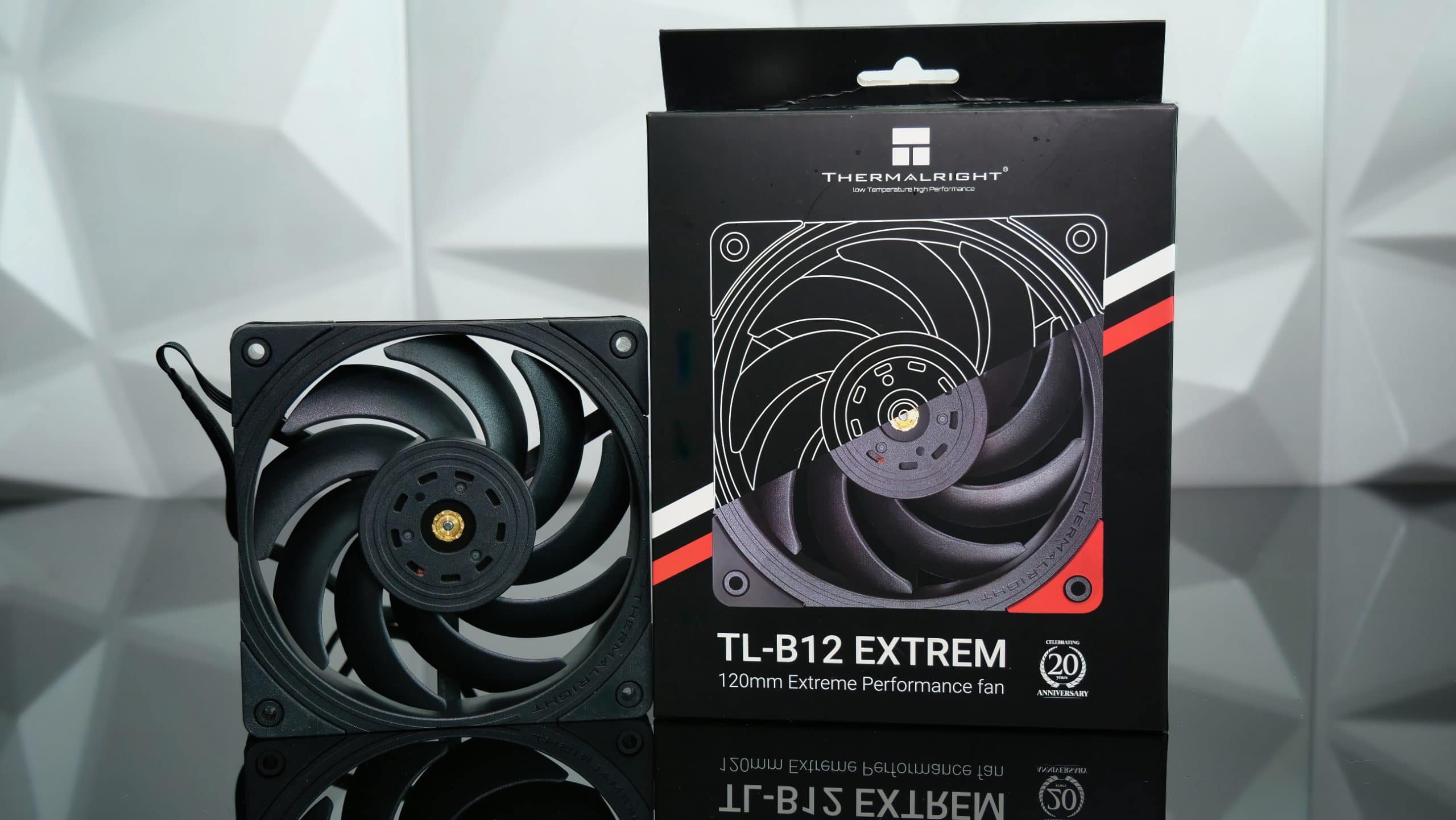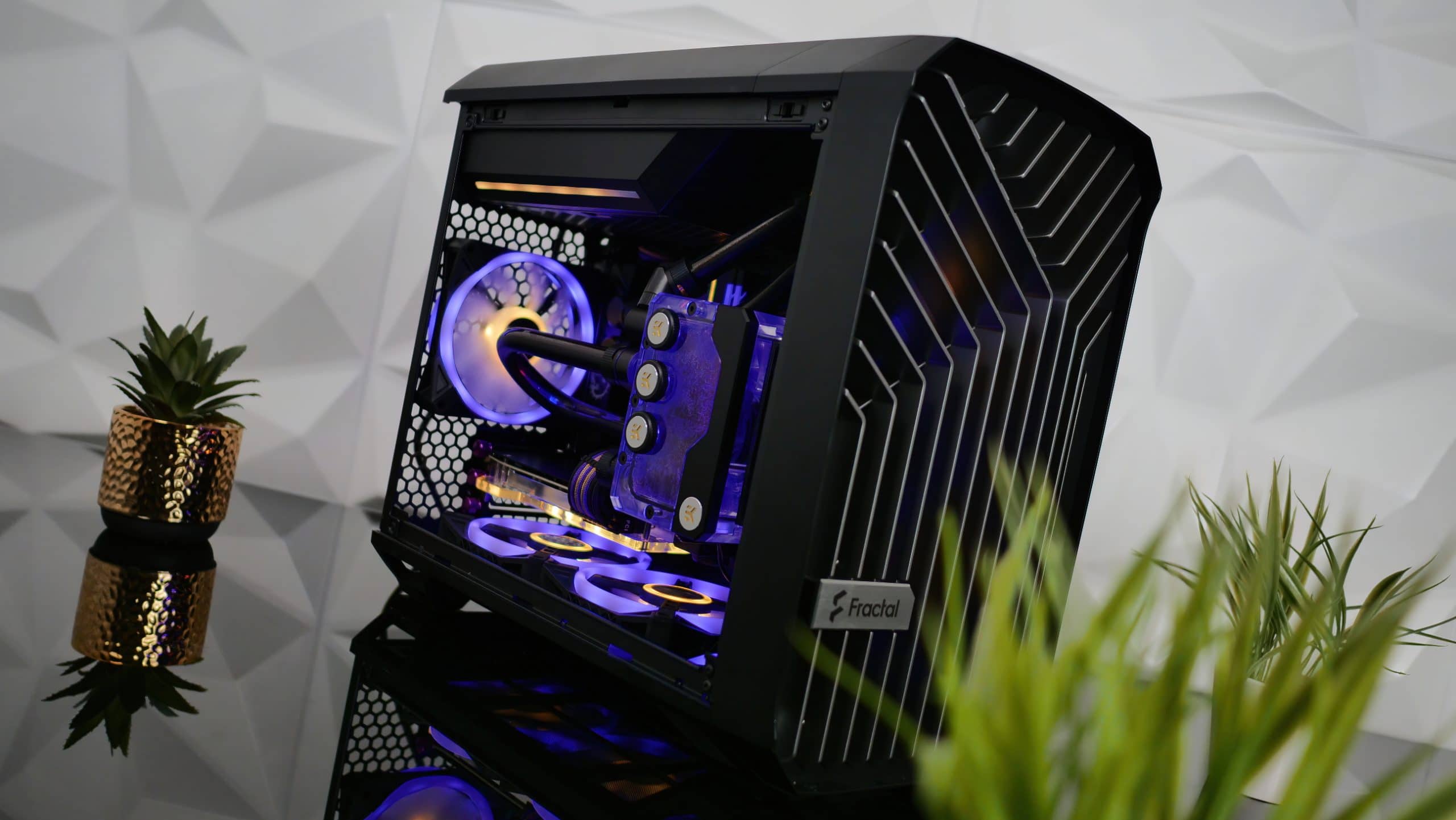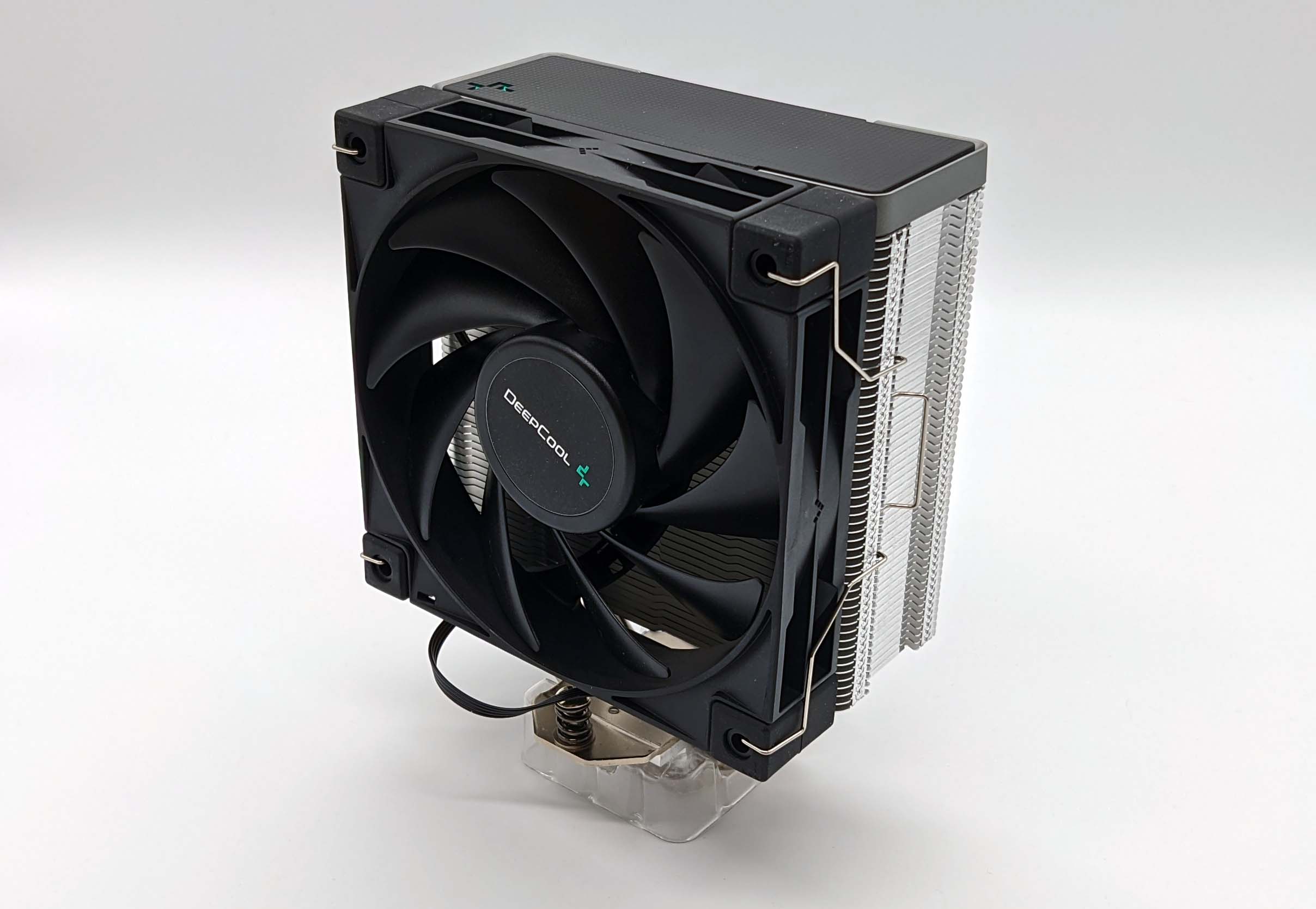coolers Akasa Revo, AURAS Conditioner and XIGMATEK AIO-S80DP – The idea of placing compact liquid cooling systems for the central processor entirely inside the case of the system unit is far from new. A variety of manufacturers regularly release new similar kits and improve the existing ones.
What drives them is quite understandable, since the words “liquid cooling” and the abbreviation “SVO” still sound intriguing for many novice overclockers (and ordinary users), and if such systems are also offered at affordable prices, then resist the temptation acquiring something like that is very difficult.
But there is one problem here. The fact is that despite the fact that this cooling is essentially liquid, in fact, such systems in their overwhelming majority are inferior to highly efficient air coolers both in terms of cooling efficiency and noise level. Hence – the expediency of acquiring such “SVO” is very doubtful, if not at all tends to zero. So today we bring to your attention a review and testing of two compact liquid cooling systems from AURAS and XIGMATEK, as well as one innovative cooler released by Akasa. Let’s start with it, perhaps.
The first participant in today’s testing was released by Akasa, which is almost unknown to overclockers for its cheap aluminum coolers and simple fans. This cooling system is delivered in a small cardboard box with an almost full-size image of the cooler on the front side and a description of its features, coupled with the technical characteristics on the back:

Inside the package, in addition to the cooler itself, there are two plastic fasteners, installation instructions and a tube of Akasa thermal paste:

announcements and advertisements
-14000р на RTX 3060 ASUS Dual
RTX 3060 MSI Gaming – a drain for a penny
RTX 3070 cheapest and all at Compeo.ru
-15000р на RTX 3060 MSI Ventus
Prices for video cards went down steeply
-14000р на RTX 3060 Gigabyte Eagle
Another top vidyaha with a mega discount
RTX 3060 – prices have gone down
First-hand Z590 motherboards at very good prices
RTX 3060 12Gb in XPERT.RU – be in time 🙂
Galaxy S20 family price crash 25% discount
RTX 3070 at XPERT.RU at the lowest prices
Lots of RTX 3090 in XPERT.RU
When you take Akasa Revo in your hands, first of all, you are surprised by its low weight, which is only 330 grams! Indeed, only aluminum and not a single gram of copper were used in the design of the cooling system, including the base:

The cooler design is more than original. At its base there is a “plump” aluminum heat sink from which two tubes extend, connecting this heat sink to the radiator:

In turn, the heatsink is cooled by a 92mm fan mounted in a plastic frame:


The frame and fan can be easily removed and allow you to take a closer look at the Akasa Revo design:



The principle of operation of the cooling system is quite simple and, for clarity, is represented by the following diagram:

So, the filler heated by the processor in the cooling system circuit rises to a fine-mesh radiator with an area of about 1200 sq. Cm. and, passing through its ribs, it is cooled by the air flow from the fan, and then goes down, returning to the heat sink. Moreover, it is “down”, since Akasa Revo is able to function most effectively only in the position shown in the diagram above. Nevertheless, the instructions allow installing the cooler in one more position, although this does not guarantee the most efficient heat dissipation:

The high speed of movement of the liquid in the system, according to the manufacturer, is achieved thanks to a special filler in the liquid, which begins to bubble when heated. The components of this liquid have not been disclosed for obvious reasons.
As I mentioned above, the heatsink is cooled by a 92 x 92 x 25 mm fan with pulse width modulation (PWM) control of the impeller speed:

The rotational speed is adjustable from 600 to 2,200 rpm with a noise level of 17 to 26 dBA and an air flow of 11.44 ~ 41.96 CFM. The fan ball bearing provides a 45,000 hour warranty.
The aluminum base of the cooler is very flat, and its surface is processed fairly tolerably:

At the same time, the reason for the manufacturer’s refusal to use a copper base in the Akasa Revo design is not clear, since it is known that copper has a much higher thermal conductivity than aluminum and would probably help to slightly increase the heat transfer efficiency.
Installing the cooler on the platforms it supports – Socket 754/939/940 / AM2 and LGA 775 – is extremely simple and in all cases does not require dismantling the motherboard from the system unit case. The two fasteners included in the kit are installed on the corresponding type of connector, and only then the cooler is inserted into them and pressed on top of the base with two wire brackets:


The clamp is quite confident, and the base of the cooler is fixed in the square of the plastic mounting frame, so there can be no talk of any rotation of the cooler on the heat spreader. The cooler is compact inside the case and does not interfere with anything:


The retail price of the original Akasa Revo cooler is ~ $ 33.





